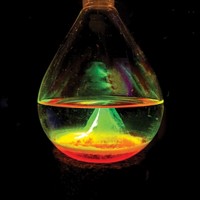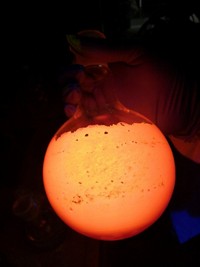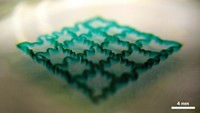Advertisement
Grab your lab coat. Let's get started
Welcome!
Welcome!
Create an account below to get 6 C&EN articles per month, receive newsletters and more - all free.
It seems this is your first time logging in online. Please enter the following information to continue.
As an ACS member you automatically get access to this site. All we need is few more details to create your reading experience.
Not you? Sign in with a different account.
Not you? Sign in with a different account.
ERROR 1
ERROR 1
ERROR 2
ERROR 2
ERROR 2
ERROR 2
ERROR 2
Password and Confirm password must match.
If you have an ACS member number, please enter it here so we can link this account to your membership. (optional)
ERROR 2
ACS values your privacy. By submitting your information, you are gaining access to C&EN and subscribing to our weekly newsletter. We use the information you provide to make your reading experience better, and we will never sell your data to third party members.
Electronic Materials
Chemistry In Pictures
Chemistry in Pictures: Electronic pigment
by Manny I. Fox Morone
August 9, 2022

Yiquan Fang watched this leaf change color before his eyes—or at least he saw the liquid crystals inside this leaf design change color. Fang, a graduate student in Changchuan Wang’s lab at Fudan University, works with electrochromic liquid crystals, repeating structures that change their molecular organization when exposed to different voltages. These crystals are composed of self-organizing nanospheres of silica. As the voltage across the device increases, the nanospheres are drawn closer together and create a “tighter” structure. This tight structure amplifies shorter wavelengths of light, which our eyes interpret as bluer colors. Meanwhile, “looser” structures amplify redder colors. The goal is to one day use color-changing technology like this in full-color displays.
Credit: Yiquan Fang/CCWang Lab. Read the full paper in ACS Applied Nano Materials.
Do science. Take pictures. Win money. Enter our photo contest here.
CORRECTION:
This story was updated on Aug. 31, 2022, to correct one of the researchers' names. The head of the lab at Fudan University is Changchun Wang, not Chongchuan Wang





Join the conversation
Contact the reporter
Submit a Letter to the Editor for publication
Engage with us on Twitter